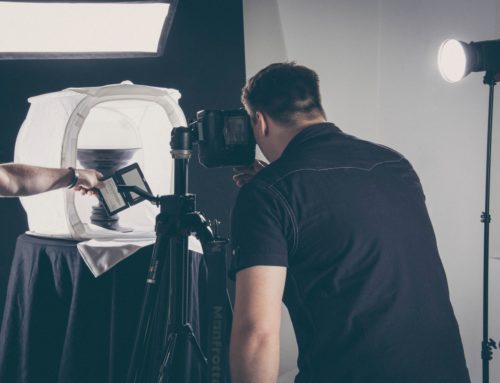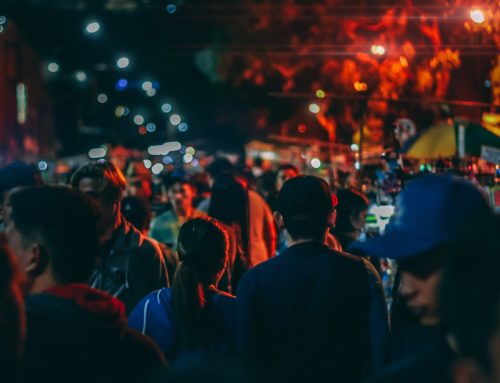According to our Medical Photographer Los Angeles team, producing captivating images of the medical and healthcare industry is not always an easy thing to do.
To capture valuable images of the medical and healthcare field requires flexibility and proper tools to make the most out of the setting that they are in. Here are some helpful tips that will set you up for success at your next photo shoot.
Preparation
It is important to prepare the photo shoot in advance. Visit the location early and gain an understanding of the obstacles and opportunities. Try to prepare yourself for the time and space constraints. Polish the background and get any obstacles out of your way beforehand.
Don’t Be Afraid To Ask For Advice
If you are not used to a medical environment everything might seem interesting and worth shooting. Ask for advice from the medical professionals about what is worth capturing and what isn’t. Remember, your audience may be experts that know medical surroundings well. It is important to capture images that are important to them, and not doing so may equate to a failed attempt.
Precision Is Key
Precision is important when photographing medical equipment. For instance, a medical professional will know the difference between an MRI scanner and a CT scanner. Make sure you know the name(s) of the equipment you are shooting so that they’re labeled properly. Also, make sure you aren’t taking product shots, rather you’re capturing the commercial setting.
Avoid Cliché Photos
When photographing the medical industry, it is important to capture the known symbols of the industry while maintaining the reality of the subject you are photographing. Not all doctors wear stethoscopes and lab coats, however, a doctor must instantly be recognized as a doctor. It is important to find that balance.
Don’t Forget About Color
When designers select images, they keep specific color schemes in play. In order to maintain consistency, it is a good idea to provide images with a full array of colors while maintaining a clean white balance. While it may be tempting to infuse color schemes, this may limit the designer’s ability to spin the images that you capture.



